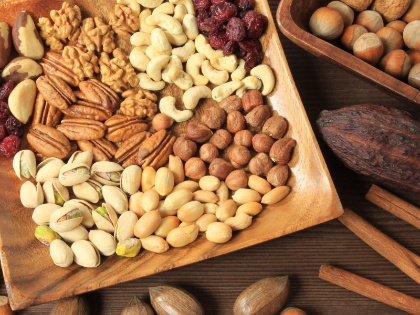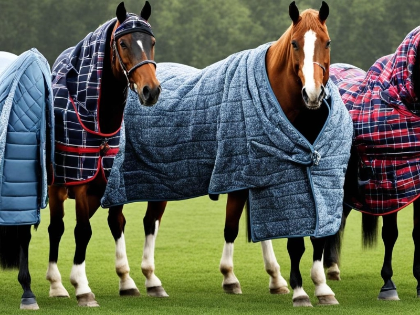EnduranceRiding: Preparing For Long-Distance Equestrian Events
One sport requiring much care and preparation is endurance. Strict guidelines in the discipline help to maintain the welfare of the horse first priority. Usually, horses are stopped all through the competition at a sequence of checkpoints known as "vet gates." Wins go to the first horse to cross the finish line and pass a last veterinary inspection.
Preparing Your Horse
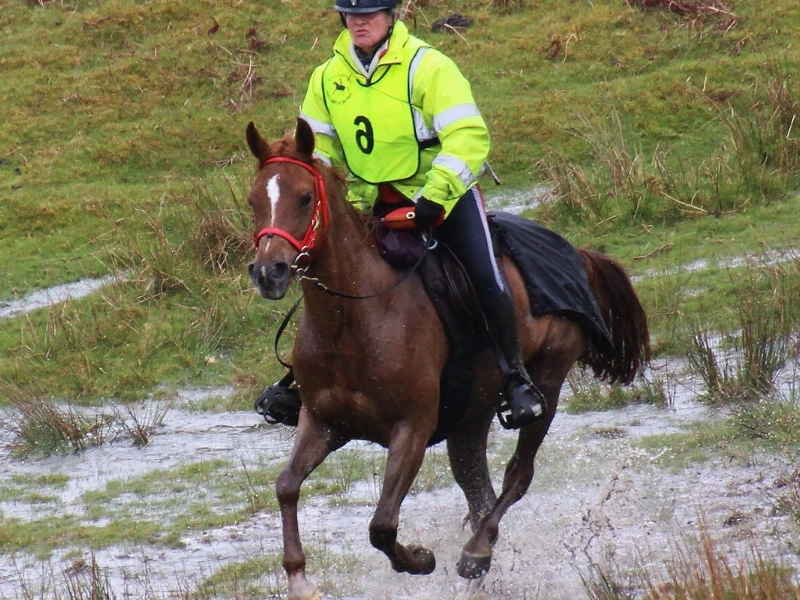
Preparing Yourself
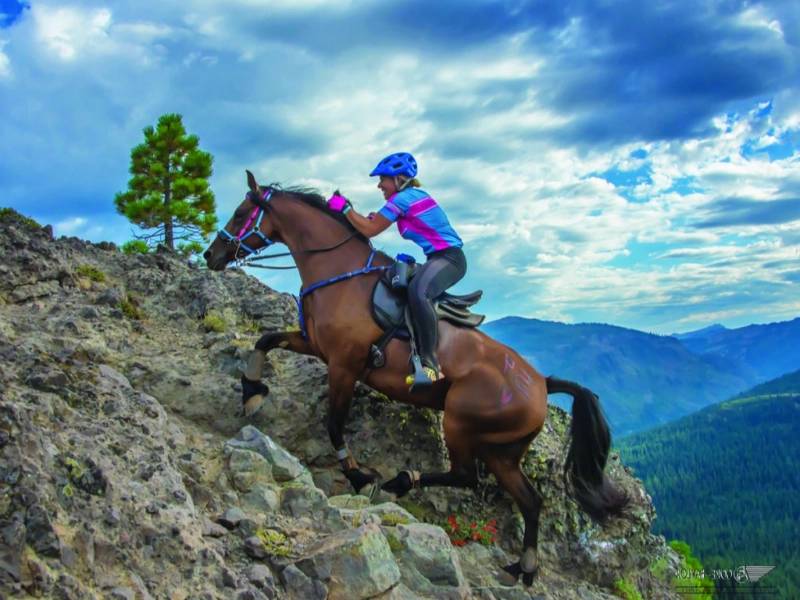 An widely known equestrian sport akin to human marathon running is endurance riding. Horses halted along the course in an AERC competition race are inspected by a veterinarian to ensure they are fit for continuing. This covers looking for lameness, dehydration, and pulse recovery in the horse.
Riders must finish a set distance; the first one to do so wins the race. Achieving this calls for endurance riders to be able to keep their horse in shape while also keeping on top of daily tasks include routinely treating that bit of thrush or worming their horse.
With a route and terrain you know, your first endurance ride should go no more than 25 miles. To stop rubbing and chafing, you also advised using a vet-approved endurance saddle, hard helmet and vented boots with caged stirrups. You could also wish to make investments in a heart rate monitor.
An widely known equestrian sport akin to human marathon running is endurance riding. Horses halted along the course in an AERC competition race are inspected by a veterinarian to ensure they are fit for continuing. This covers looking for lameness, dehydration, and pulse recovery in the horse.
Riders must finish a set distance; the first one to do so wins the race. Achieving this calls for endurance riders to be able to keep their horse in shape while also keeping on top of daily tasks include routinely treating that bit of thrush or worming their horse.
With a route and terrain you know, your first endurance ride should go no more than 25 miles. To stop rubbing and chafing, you also advised using a vet-approved endurance saddle, hard helmet and vented boots with caged stirrups. You could also wish to make investments in a heart rate monitor.
Preparing Your Vehicle
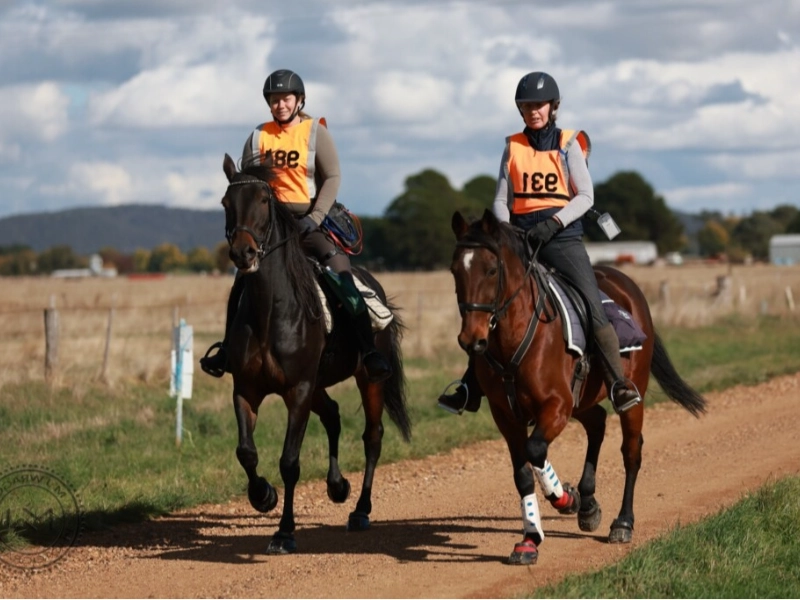 Riding in endurance calls both the rider and the horse a team. Riding laws call for riders to actively crew their horses. They have to make sure their horse is rested during breaks, fed and hydrated. They should also urge the horse to wee before and following vetting.
Horses are stopped routinely for veterinary checks to evaluate their condition during competition rides. These checks' findings define the position of a rival depending on them.
Whether riding a competitive trail ride or a graded event, every competitor must pass veterinary checks at the beginning and finish of every stage of the course. This is absolutely critical for the sport since it guarantees that horse welfare stays first concern. It also stops horses from being run wild to secure a ride.
Riding in endurance calls both the rider and the horse a team. Riding laws call for riders to actively crew their horses. They have to make sure their horse is rested during breaks, fed and hydrated. They should also urge the horse to wee before and following vetting.
Horses are stopped routinely for veterinary checks to evaluate their condition during competition rides. These checks' findings define the position of a rival depending on them.
Whether riding a competitive trail ride or a graded event, every competitor must pass veterinary checks at the beginning and finish of every stage of the course. This is absolutely critical for the sport since it guarantees that horse welfare stays first concern. It also stops horses from being run wild to secure a ride.
Preparing Your Equipment
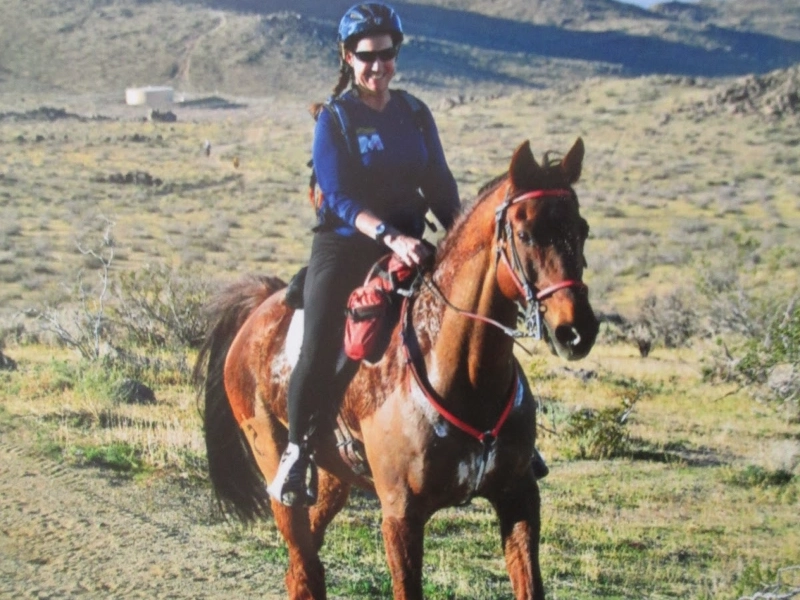 For their class, endurance riders must be able to finish the designated course within the given time. Horses are halted at approved veterinary checkpoints where the vet checks them for soundness, dehydration, and heart rate, much as in marathon running. The competitor whose horse and rider crosses the finish line first has a heart rate less than 60 beats per minute.
For the endurance horse, constant physio input and careful farrier are absolutely vital. Also crucial are staying current with the health needs of your horse and providing the right nutrients.
Unlike certain horse events, the emphasis is on the relationship between the two rather than on defeating the competition; endurance riding gives you and your horse magnificent landscapes and varied terrain to enjoy together. This is a really fulfilling sport and a great approach to raise the fitness and knowledge of understanding of your horse. With a feeling of camaraderie and cooperation among riders instead of fierce competition, it is also a relatively social discipline.
For their class, endurance riders must be able to finish the designated course within the given time. Horses are halted at approved veterinary checkpoints where the vet checks them for soundness, dehydration, and heart rate, much as in marathon running. The competitor whose horse and rider crosses the finish line first has a heart rate less than 60 beats per minute.
For the endurance horse, constant physio input and careful farrier are absolutely vital. Also crucial are staying current with the health needs of your horse and providing the right nutrients.
Unlike certain horse events, the emphasis is on the relationship between the two rather than on defeating the competition; endurance riding gives you and your horse magnificent landscapes and varied terrain to enjoy together. This is a really fulfilling sport and a great approach to raise the fitness and knowledge of understanding of your horse. With a feeling of camaraderie and cooperation among riders instead of fierce competition, it is also a relatively social discipline.

